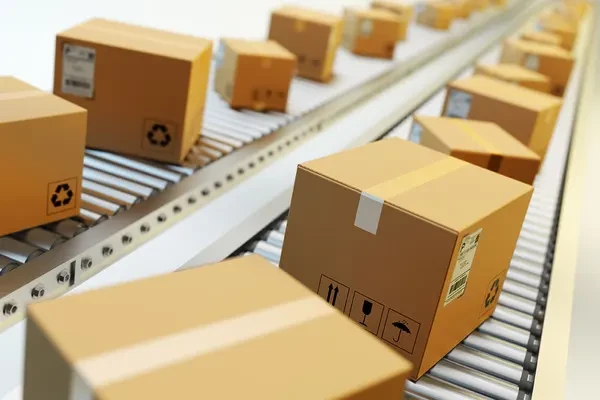Packaging plays a crucial role in the safe transportation, storage, and sale of products. It is essential for ensuring that products reach consumers without being damaged. In this article, we will discuss what packaging is, the types of packaging, and the importance of packaging in detail.
Packaging refers to the process of using materials to encase or protect a product. The main purpose of packaging is to ensure that products are safely transported and stored without being damaged by environmental factors such as temperature, humidity, and impact. Additionally, packaging is used to protect the contents, enhance product safety, and often serve as a tool for product promotion.
Product Protection: Packaging helps prevent physical and chemical damage to the product.
Ease of Transport and Storage: Packaging makes the product easier to handle, transport, and store.
Providing Information to Consumers: Packaging provides information about the product, promotes the brand, and interacts with consumers.
Aesthetic Value: Packaging makes the product visually appealing and attractive.
Packaging can vary depending on the industry and specific needs. Here are the most common types of packaging:
Inner packaging protects the product from external factors. Typically, materials that directly contact the product, such as plastic, cardboard, or bottles, are used for inner packaging. For example, products like bottles are packaged with inner packaging to protect the bottle from damage.
Outer packaging serves as the protective outer layer for the product. It shields the product from external factors and ensures its safety during transportation. Examples include boxes, bags, and cartons used as outer packaging.
Primary packaging is responsible for branding the product. This type of packaging often includes the company’s logo, colors, and design elements, making the product more attractive and capturing consumer attention.
Temporary packaging is used only during the transportation or storage process. These packaging types are often made from recyclable materials.
Packaging not only protects products but also serves as an important marketing tool that strengthens a brand's strategy. Here are some key advantages of packaging:
Packaging protects products from external elements. It safeguards the product from air, water, heat, and physical impacts. Proper packaging is particularly crucial for delicate and fragile products.
Packaging provides consumers with important information about the product’s quality. An aesthetically pleasing, well-designed package enhances the customer experience. Additionally, good packaging ensures that products are easy to handle and open.
Packaging is an essential way for brands to connect with consumers. Through design and information on the packaging, it conveys a direct message to consumers and can build brand loyalty. Well-designed packaging helps the product stand out in the market.
With growing environmental awareness, recyclable and biodegradable packaging options are increasingly preferred. Packaging made from natural materials causes less harm to the environment and strengthens the brand's green image.
Packaging also optimizes logistics processes. During transportation, packaging allows products to be packed and shipped more efficiently. Good packaging prevents product damage and helps reduce time and costs during transport.
Recycling is an essential aspect of packaging. Most packaging materials can be recycled and reused without harming the environment. Materials such as cardboard, plastic, glass, and metal can be recycled and safely returned to nature.
Several factors should be considered when selecting packaging materials. Here are the key points to keep in mind when choosing the right packaging:
Product Type: The physical nature and sensitivity of the product dictate the type of packaging material to be used. Fragile and delicate products require specialized packaging.
Transport Conditions: The environment in which the product will be transported (temperature, humidity, etc.) influences packaging choices. For example, temperature-sensitive products may require heat-resistant packaging.
Cost: The material and labor costs associated with packaging should be considered. However, choosing cheaper packaging materials may compromise the safety of the product.
Eco-Friendly Materials: Choosing recyclable and biodegradable materials reflects a commitment to sustainability and environmental responsibility.
Packaging not only ensures the safe transportation of products but also enhances brand marketing strategies, improves customer experience, and offers eco-friendly solutions. Choosing the right packaging is crucial to protecting products and providing consumers with a secure and satisfying experience.
What is packaging, types of packaging, packaging importance, packaging materials, eco-friendly packaging, packaging process, product packaging, recyclable packaging, packaging solutions, packaging design.
